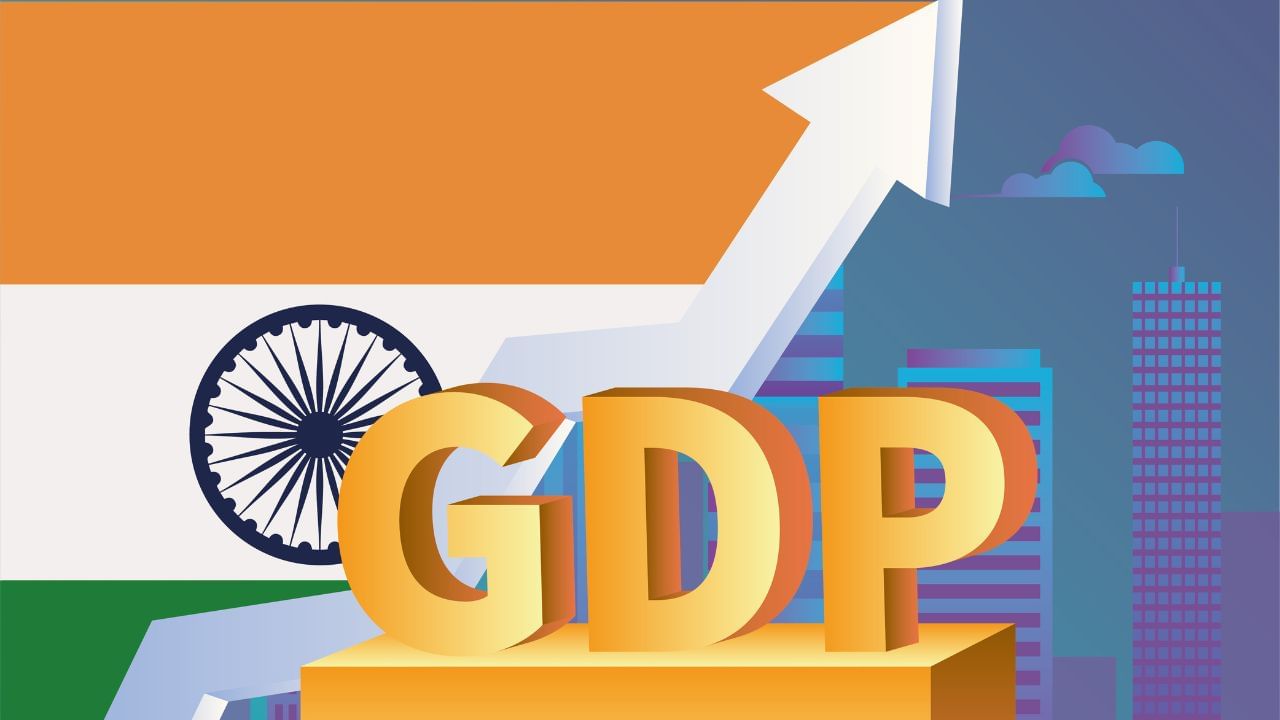At present, India is the fourth largest economy in the world. The economy of more than 4 trillion dollars can grow by almost two and a half times in the coming decade and a half. This means that in the next 15 years the size of India’s economy can cross 10 trillion dollars. The report by Radhika Rao, Executive Director and Senior Economist, DBS Bank, paints a bright picture of India’s economy which is on the verge of a historic leap, projected to cross $10 trillion by 2040 and become the world’s third largest economy. But this surge will not depend only on speed.
It has been said in the report that in the coming days, to erect the tent of the country’s economy, four such bamboos will be required, which can make the country stand strong. The names of these four bamboos are development, diversification, digitalization and decarbonization. Those countries will not only keep the country’s economy stable, but will also contribute in keeping the foundation of the country strong during any economic upheaval. Let us also tell you what Radhika Rao’s report says?
Development: Will lay the foundation of 10 trillion dollar economy
India is entering a decisive development phase that can reshape its global position. According to Rao, the country’s economy can grow at an average rate of 6.7 percent between 2025 and 2040. Due to which it will cross the GDP of 10 trillion dollars and become the third largest economy in the world. The report argues that this phase will depend on a strong “growth” agenda focused on capital formation, human capital investment and productivity growth. With a working-age population of over 90 crore by 2040, India’s ability to harness its demographic dividend will determine the pace of its rise to upper middle income status.
The report emphasizes the need to strengthen human capital through education, health and skill development to increase employability and productivity. Government investment, especially in infra, is expected to play a catalytic role. Flagship programs like Gati Shakti, National Infra Pipeline and National Logistics Policy are expected to yield long-term productivity gains and create employment opportunities in various sectors.
Diversification: expanding global footprint
According to Radhika Rao’s report, diversification is also very important. However, the Indian government is emphasizing on manufacturing to increase the country’s economy. Besides, it is also focusing on exports. The government’s PLI schemes, ongoing free trade agreements (FTAs), and efforts to attract high-tech investments are all part of this effort. India aims to increase exports from about 21 percent of the current GDP to 30-32 percent by 2040, so that it can position itself as a “China + 1” option in the global value chain. Sectors like electronics, semiconductor, renewable energy and auto components are expected to be leaders. States like Tamil Nadu, Gujarat and Karnataka have emerged as manufacturing centres, attracting FDI and boosting the industrial ecosystem.
The report also notes the strategic importance of GIFT City (Gujarat International Finance Tech-City), which is envisioned as India’s first international financial and tech centre, which will provide tax incentives and a globally competitive business environment. Banking assets in the GIFT City are expected to exceed $100 billion in 2026, and it is becoming a symbol of India’s ambition to compete with Dubai and Singapore as a financial centre.
Digitalization: Boosting productivity and innovation
In Rao’s development model, digital transformation is the third pillar of the country’s economy, which provides the basis for productivity growth, financial inclusion and governance efficiency. India’s digital infrastructure like Aadhaar, UPI and DigiLocker have already revolutionized payments and service delivery. According to the report, the next wave will be driven by Artificial Intelligence (AI), data analytics and automation. Rao cautions that the rapid development of AI requires a balance between technological adoption and regulation.
India’s growing network of Global Capability Centers (GCCs), which now accounts for about 45 percent of all such centers worldwide, is an example of this. These centers have evolved from back-office operations to centers of research, innovation and advanced analytics, generating an estimated annual revenue of $65 billion and employing approximately 2 million. GCC’s revenue is expected to reach $100 billion by 2030.
decarbonization
The last tent is decarbonization. India’s long-term prosperity will depend on how effectively it manages climate change. As the world’s third-largest energy consumer and greenhouse gas emitter, India faces the dual challenge of sustaining growth while cutting emissions. The country aims to achieve net-zero emissions by 2070, and has an interim target of 50 percent renewable energy capacity by 2030. Renewable energy already accounts for more than 45 percent of installed power capacity, and efforts are underway to promote green hydrogen, carbon capture and circular economy initiatives. The report also calls for strengthening the supply chains of critical minerals such as lithium and cobalt, which are important for renewable tech and electric mobility. The rise of data centers and AI-operated industries makes the clean energy agenda even more urgent.
